1. Bobby Rydell
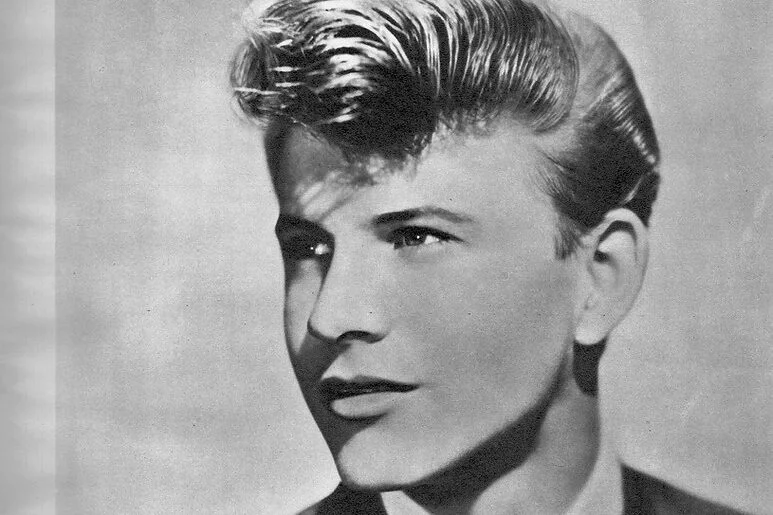
Bobby Rydell was one of the teen idols of the early ’60s, racking up hits like “Wild One” and charming audiences with his clean-cut looks. By the time the British Invasion hit, though, his chart success started to fade, and he quietly stepped away from the pop spotlight. Instead of chasing the changing music scene, Rydell focused on live performances, especially on the nostalgia circuit. He still sang for devoted fans, but he no longer had that nonstop press attention that defined his youth.
Later in life, Rydell enjoyed reconnecting with his roots, especially through projects like the Golden Boys tour with Frankie Avalon and Fabian. While he wasn’t topping the charts anymore, he was still beloved by audiences who remembered his heyday. He admitted that life was quieter and more grounded once the spotlight dimmed. For him, the balance seemed to be about stepping back from the frenzy while still enjoying music in a way that felt personal.
2. Mary Wells
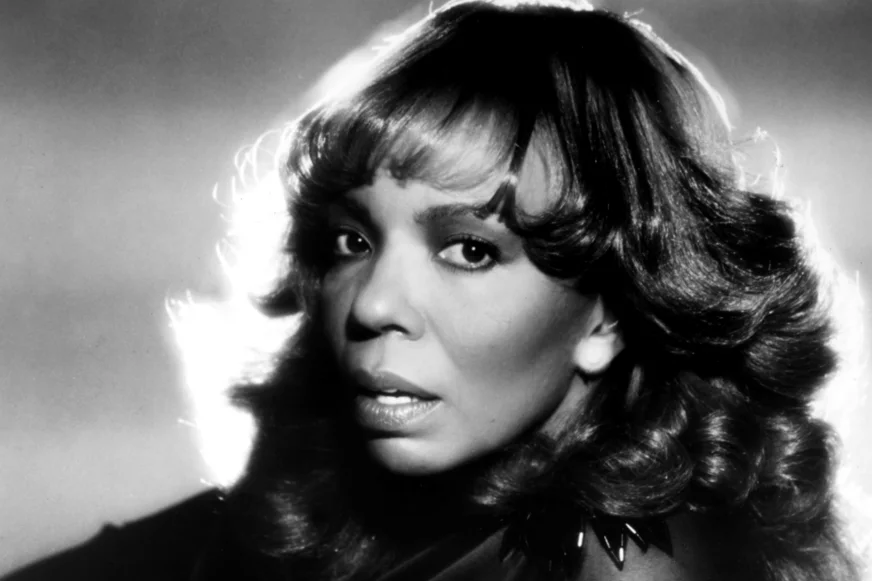
Known as the “Queen of Motown,” Mary Wells helped define the early sound of the label with hits like “My Guy.” She was one of Motown’s first breakout stars, but her career took a turn when she left the label in 1964. Hoping for more control, she signed with another company, but her success never reached the same heights. Her career drifted into smaller performances and appearances, far from the mainstream spotlight she once held.
Wells eventually focused on raising her children and lived mostly out of the public eye. Although she would occasionally perform, she seemed content leaving behind the pressures of being Motown’s top female star. Her story shows how quickly fame can shift and how an artist might choose family over the grind of the industry. While her voice was unforgettable, Wells herself chose a quieter life once her time at the top passed.
3. Del Shannon
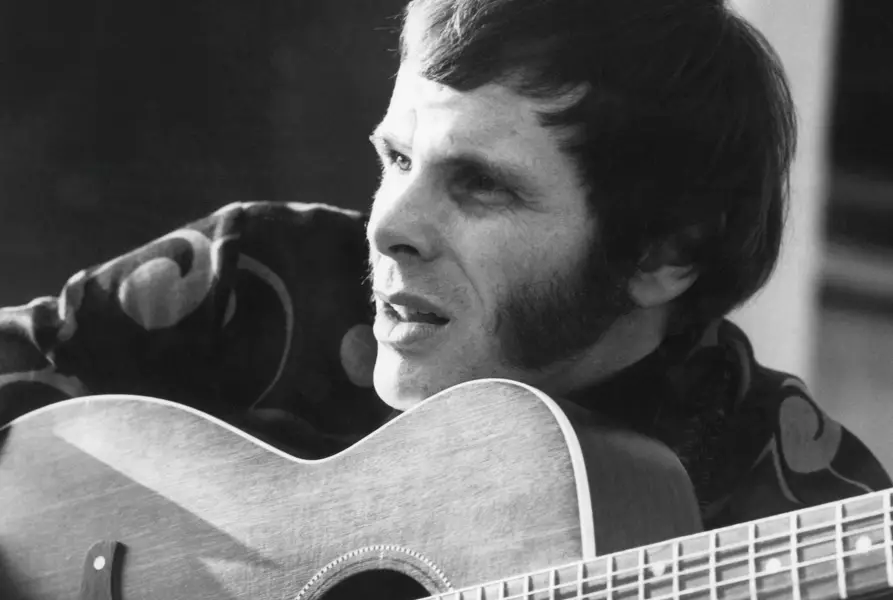
Del Shannon burst onto the scene with his haunting hit “Runaway” in 1961, and for a while, it looked like he’d have a long career ahead. He had a distinctive falsetto and a knack for writing songs that stuck in people’s heads. But as the decade went on, Shannon’s chart presence dwindled, and he gradually stepped back from the spotlight. He still wrote and recorded, but not with the same kind of visibility he once had.
For much of the ’70s, Shannon lived a relatively private life and occasionally collaborated with other musicians. He was respected in the industry, but he was no longer a household name like he once was. Fans who remembered “Runaway” kept his legacy alive, even if he was no longer chasing the limelight. His retreat from fame showed how even big early hits didn’t guarantee lasting stardom in the turbulent ’60s.
4. Lesley Gore
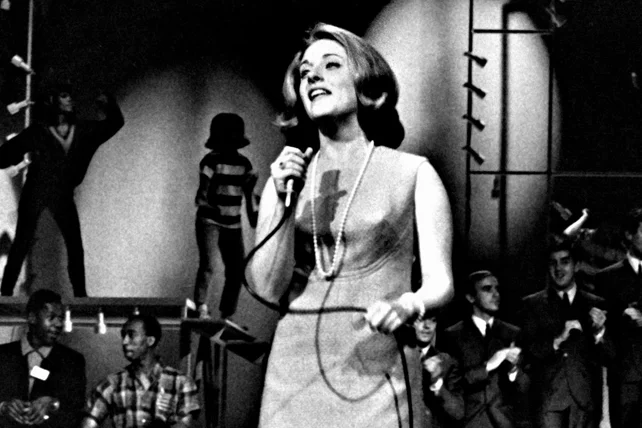
Lesley Gore became a star at just 16 with “It’s My Party,” and she quickly became one of the most recognizable young voices of the early ’60s. But as she grew older, Gore’s style didn’t always match the changing music trends. She slowly moved away from the charts, choosing instead to live a more private life outside of the constant attention of the spotlight.
In later years, she worked behind the scenes, even writing songs for films, and focused on personal projects rather than fame. She was proud of her early success but didn’t chase the industry as hard as some of her peers. While she still performed now and then, she valued her time away from the public eye. Gore’s story is a reminder that some artists are happy letting their music outlive their time in the spotlight.
5. Gene Vincent
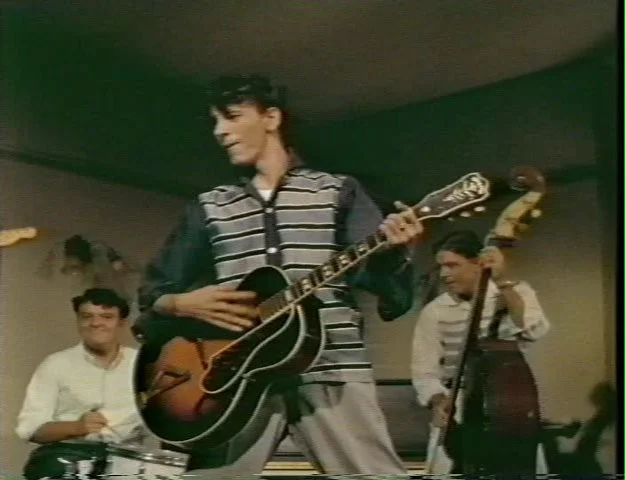
Gene Vincent was one of the early pioneers of rockabilly, best known for his 1956 hit “Be-Bop-A-Lula.” Though his biggest hit came in the ’50s, he remained active into the ’60s before his career started to fade. His life on the road was tough, and his health began to decline, making the demands of stardom harder to keep up with. Eventually, Vincent pulled back from the mainstream spotlight.
By the later years of his career, he was more of a cult figure than a chart-topping star. He performed for devoted fans but spent much of his time away from the larger music world. Vincent’s retreat from the spotlight was as much about circumstance as it was about choice. Still, his influence carried on quietly, even while he himself was living a far less public life.
6. Rick Nelson
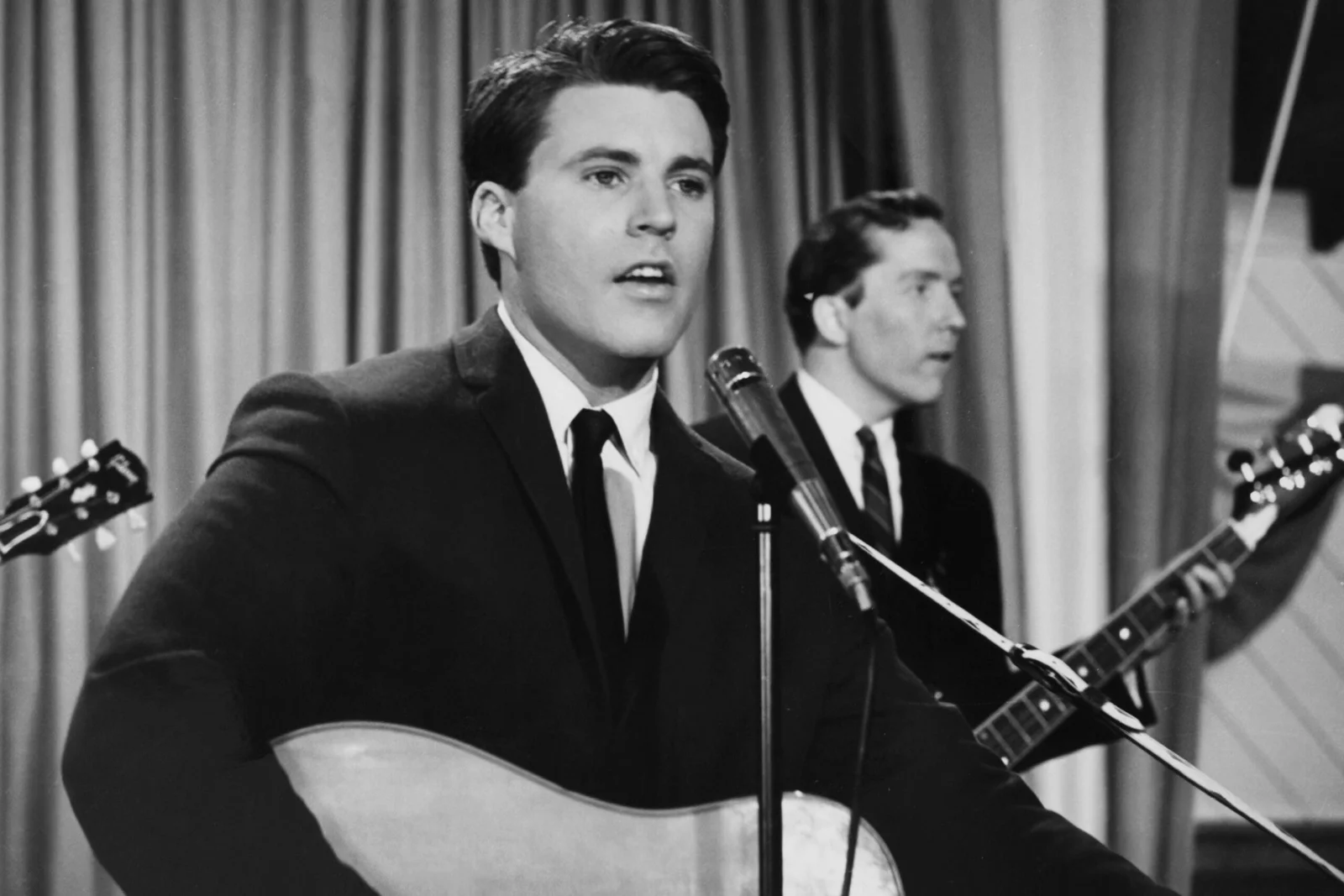
Rick Nelson had one of the more unusual paths into music fame, thanks to growing up on The Adventures of Ozzie and Harriet. His smooth voice and teen idol image carried him into pop success in the late ’50s and early ’60s. But Nelson grew weary of that spotlight, especially when fans struggled to accept him as a more mature artist. Instead of fighting for pop dominance, he gradually shifted away.
He pursued country rock and smaller tours rather than chasing the same level of fame he once had. While he never fully disappeared, his days as a household name faded, and he seemed to accept that. Nelson’s retreat showed how some stars reinvented themselves outside the bright lights. He chose to live a more balanced life, even if it meant letting go of his early mainstream image.
7. Brian Jones
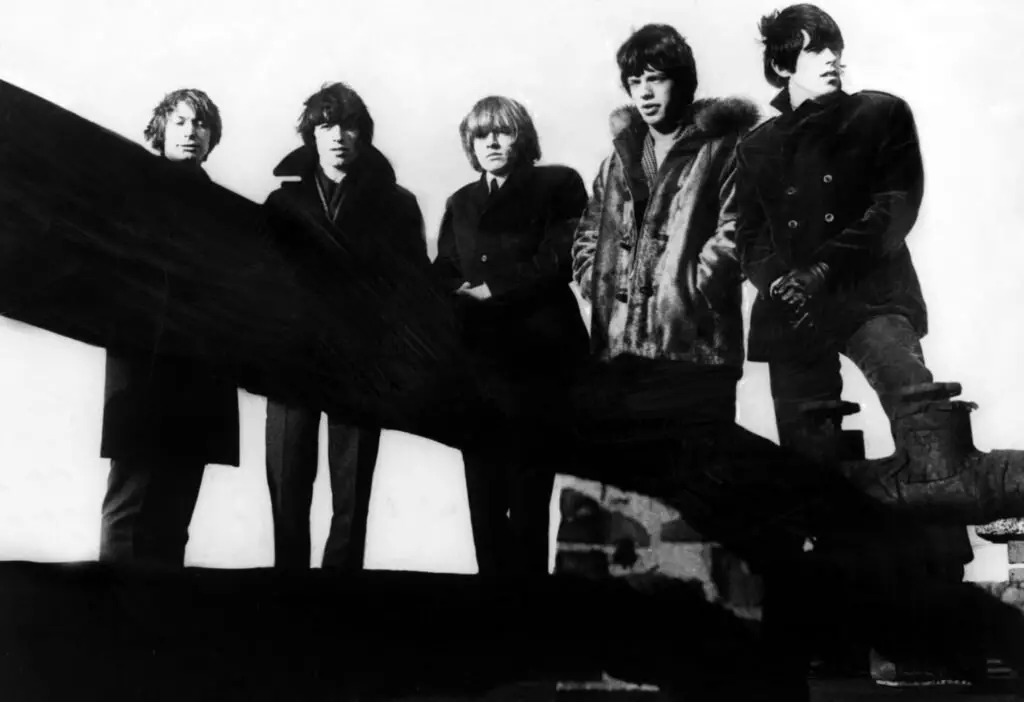
As a founding member of the Rolling Stones, Brian Jones was at the heart of one of the biggest bands of the ’60s. But life in the spotlight wasn’t easy for him, and tensions within the group grew over time. By 1969, Jones had left the band, effectively walking away from the peak of rock stardom. His departure was both voluntary and forced, as he struggled with personal issues that made it hard to keep up.
Once outside the Stones, Jones lived a far quieter and more secluded life. His exit marked a dramatic shift from being part of one of the loudest, most visible groups in the world. For fans, it was shocking to see him step back, but it reflected how overwhelming that level of fame could be. Jones’ decision showed that even at the height of success, some simply couldn’t handle the weight of the spotlight.
8. Bobby Vee
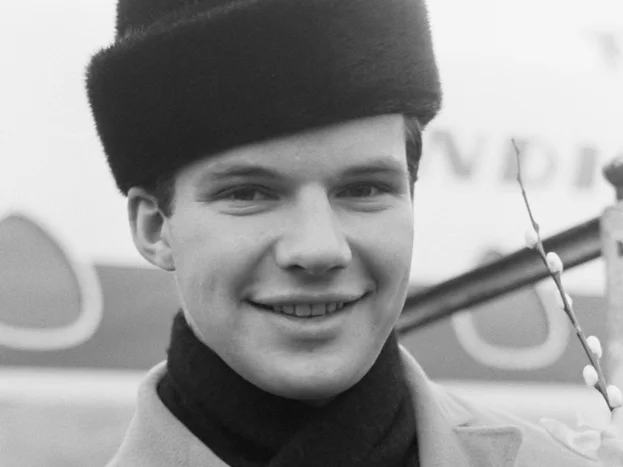
Bobby Vee rose to fame in the early ’60s with hits like “Take Good Care of My Baby.” He was considered one of the clean-cut teen idols of the era, but as tastes changed, his music didn’t dominate the charts the way it once had. Rather than chase the spotlight, Vee took a step back and focused on family and a quieter kind of career. He still sang, but on a much smaller scale.
Later in life, Vee balanced his time between music and a more private existence. He recorded occasionally, but he seemed content not being in the public eye all the time. Fans who grew up with his music still remembered him fondly, even if he wasn’t everywhere like he once was. His decision to step back seemed to suit him, allowing for a more relaxed life after the frenzy of early fame.
9. Donovan
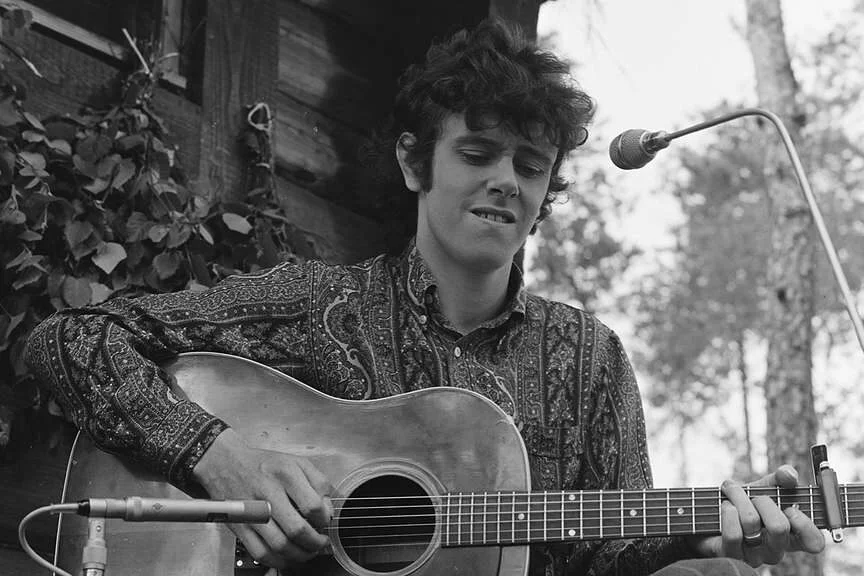
Donovan was often called the “British Bob Dylan,” and his dreamy folk hits like “Sunshine Superman” and “Mellow Yellow” made him a star. But Donovan was never entirely comfortable with the nonstop attention. By the early ’70s, he started retreating from the public eye, spending more time traveling, meditating, and exploring spiritual practices rather than chasing hit records.
Although he still wrote music, Donovan seemed more at ease living quietly than performing constantly. His withdrawal was deliberate, as he wanted peace and personal fulfillment over fame. While many fans wondered why he stepped back at the height of his career, Donovan himself seemed satisfied. His story shows that some artists simply value inner calm more than being in the spotlight.
10. Janis Ian
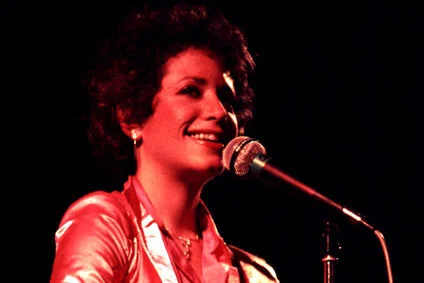
Janis Ian made waves in the ’60s with her song “Society’s Child,” which tackled interracial romance at a time when it was still controversial. The song brought her into the spotlight, but Ian wasn’t looking for pop stardom in the traditional sense. Instead, she pursued her own path, stepping away from the kind of fame that demanded constant appearances and chart-topping singles.
She chose to focus on her writing and other creative pursuits, which meant she wasn’t always visible to the public. While she later had another big hit in the ’70s with “At Seventeen,” her approach was always more low-key. Ian was never chasing the spotlight, preferring authenticity over attention. Her quieter choices gave her a lasting respect from fans, even if she wasn’t a constant presence.
11. Frankie Lymon
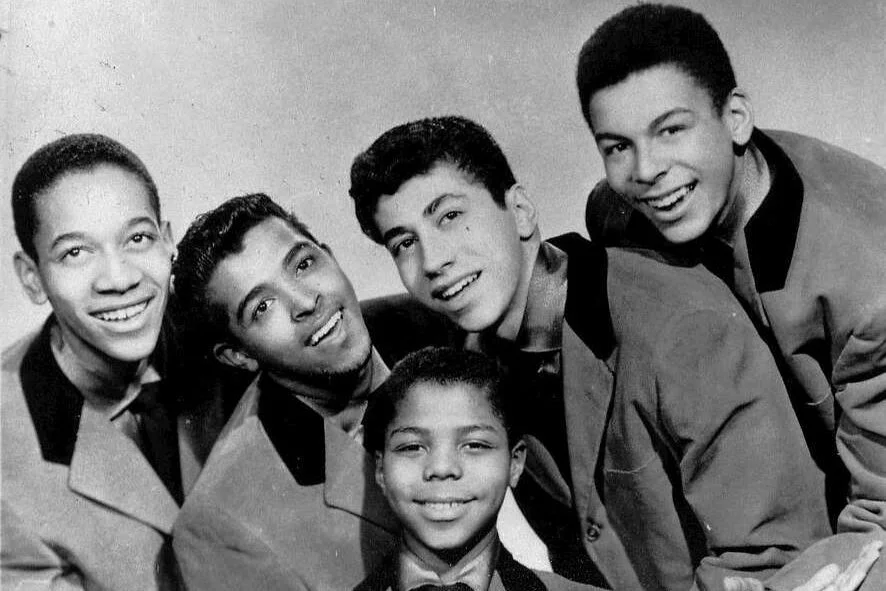
Frankie Lymon was just a teenager when he sang “Why Do Fools Fall in Love,” and for a brief time, he was one of the brightest young stars in rock and roll. But the pressures of fame hit him early, and his success faded almost as quickly as it arrived. By the ’60s, Lymon’s career had slowed dramatically, and he had stepped away from the kind of spotlight that defined his youth.
Though his early fame left a lasting impression, his later life was quieter and far from the stage. Fans who remembered his sweet voice often wondered what happened to him. In reality, Lymon’s retreat from fame reflected the difficulties of growing up so young in the music business. His story is a poignant example of a star who burned bright and then disappeared from the public eye.
12. Chad & Jeremy
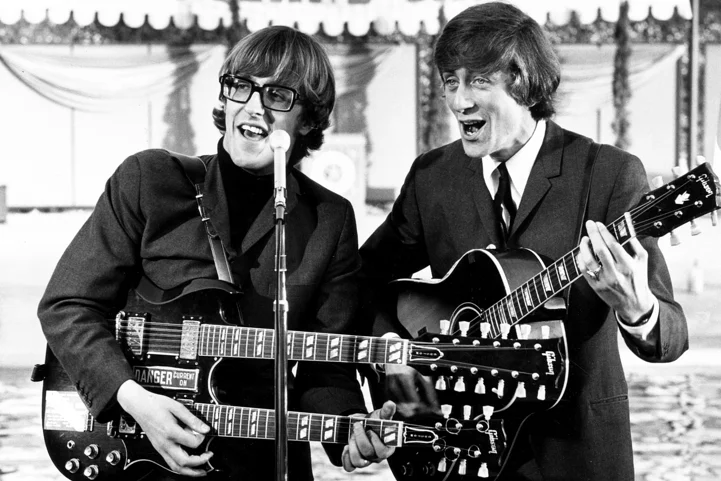
The British duo Chad & Jeremy had a string of soft pop hits in the ’60s like “A Summer Song” that made them a favorite during the British Invasion. Their gentle style was charming, but as music grew louder and heavier, their popularity faded. Instead of trying to compete, the duo quietly stepped away from the mainstream spotlight. They pursued solo projects and other careers outside of music.
For years, the two lived relatively private lives, occasionally reuniting for special performances. Fans of ’60s pop still loved their harmonies, but they were no longer part of the everyday music conversation. By leaving the spotlight, they avoided the burnout that often came with chasing hits. Their story is one of graceful exit, choosing peace over the endless grind of fame.


